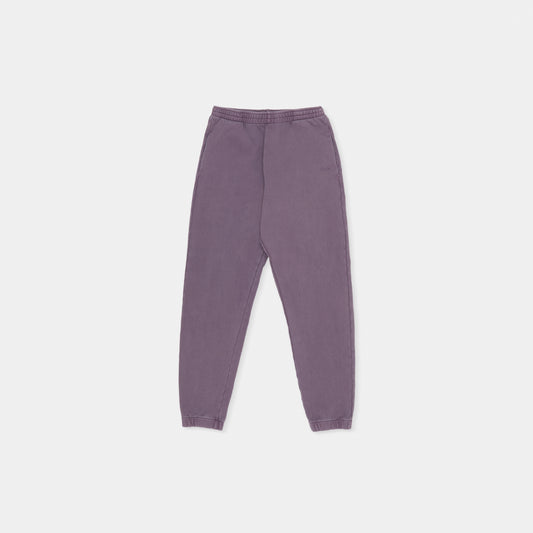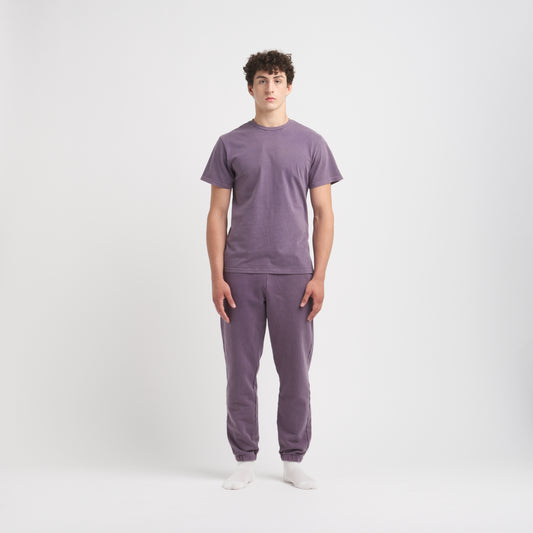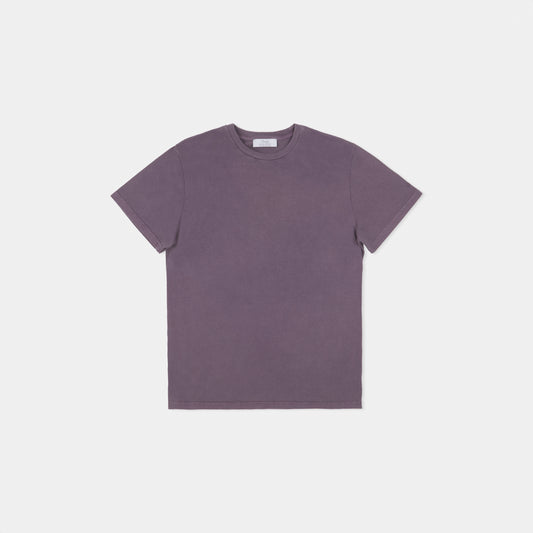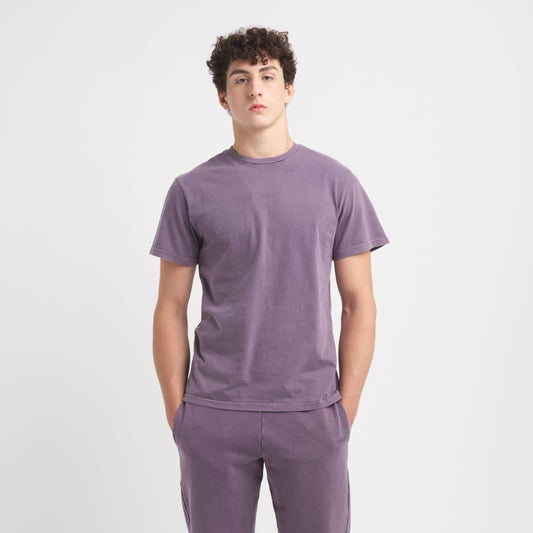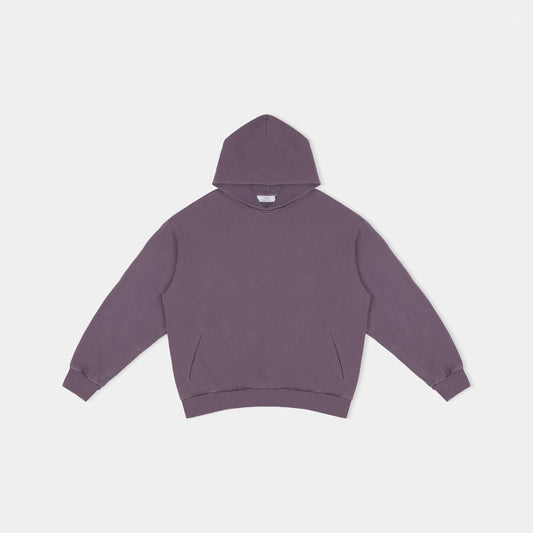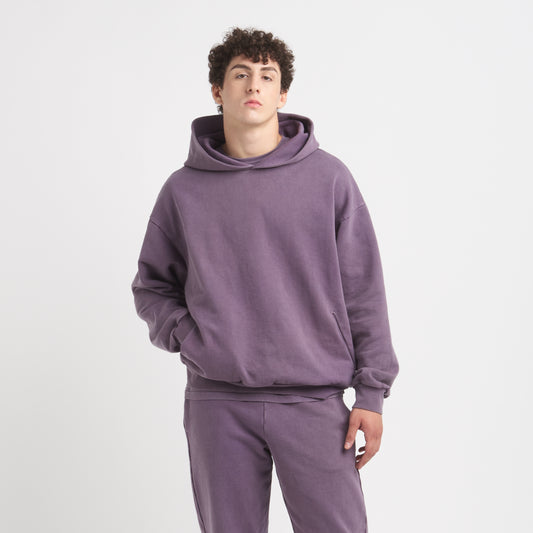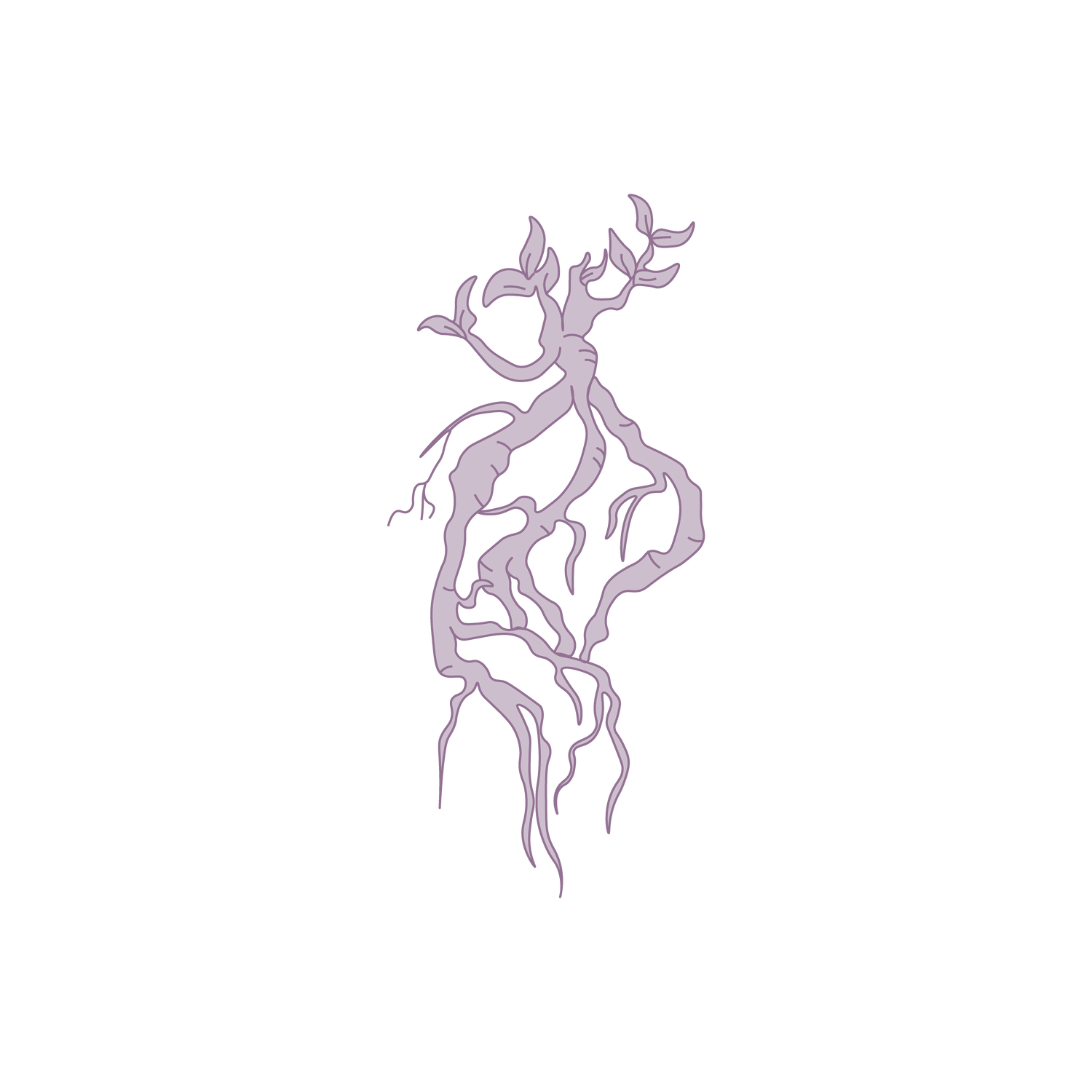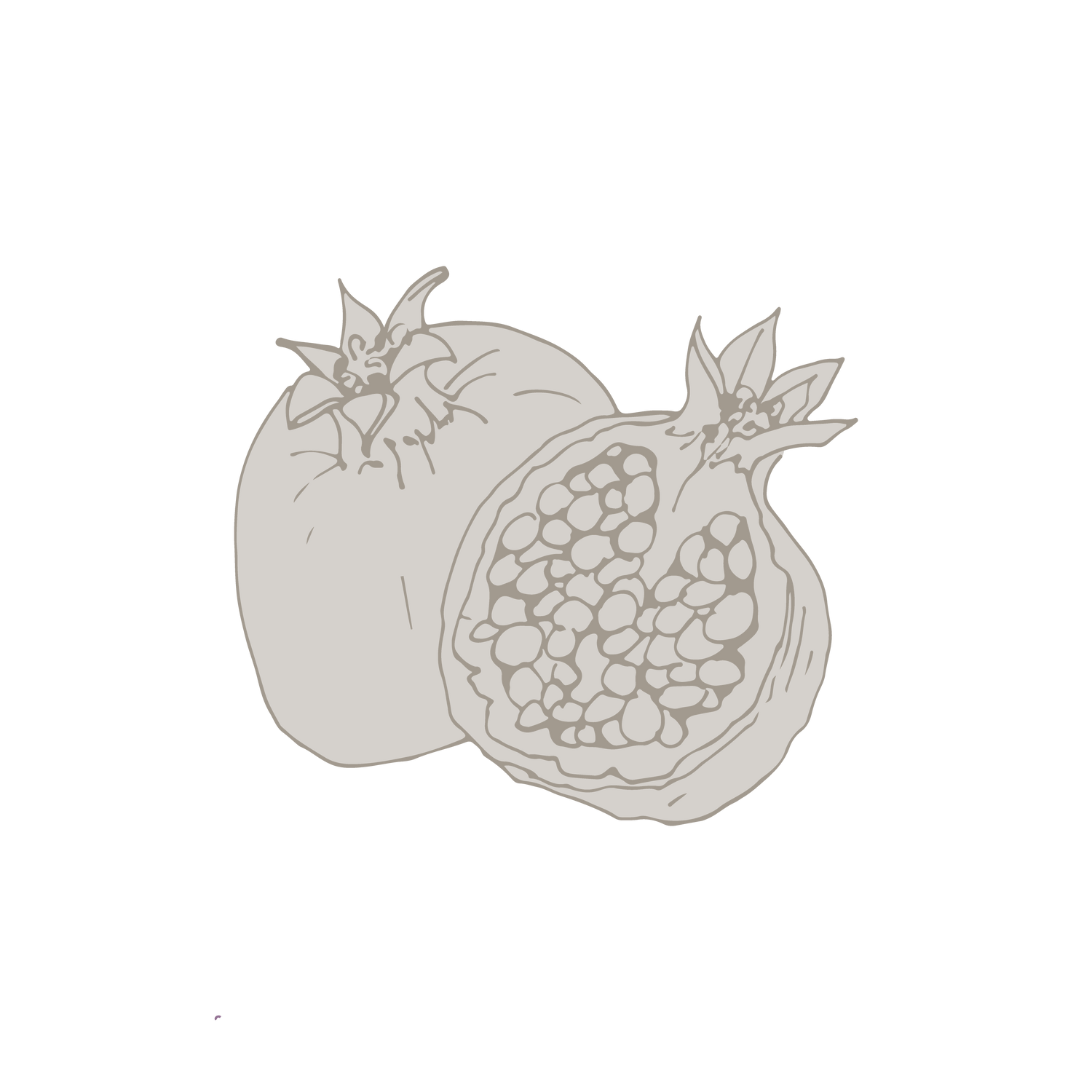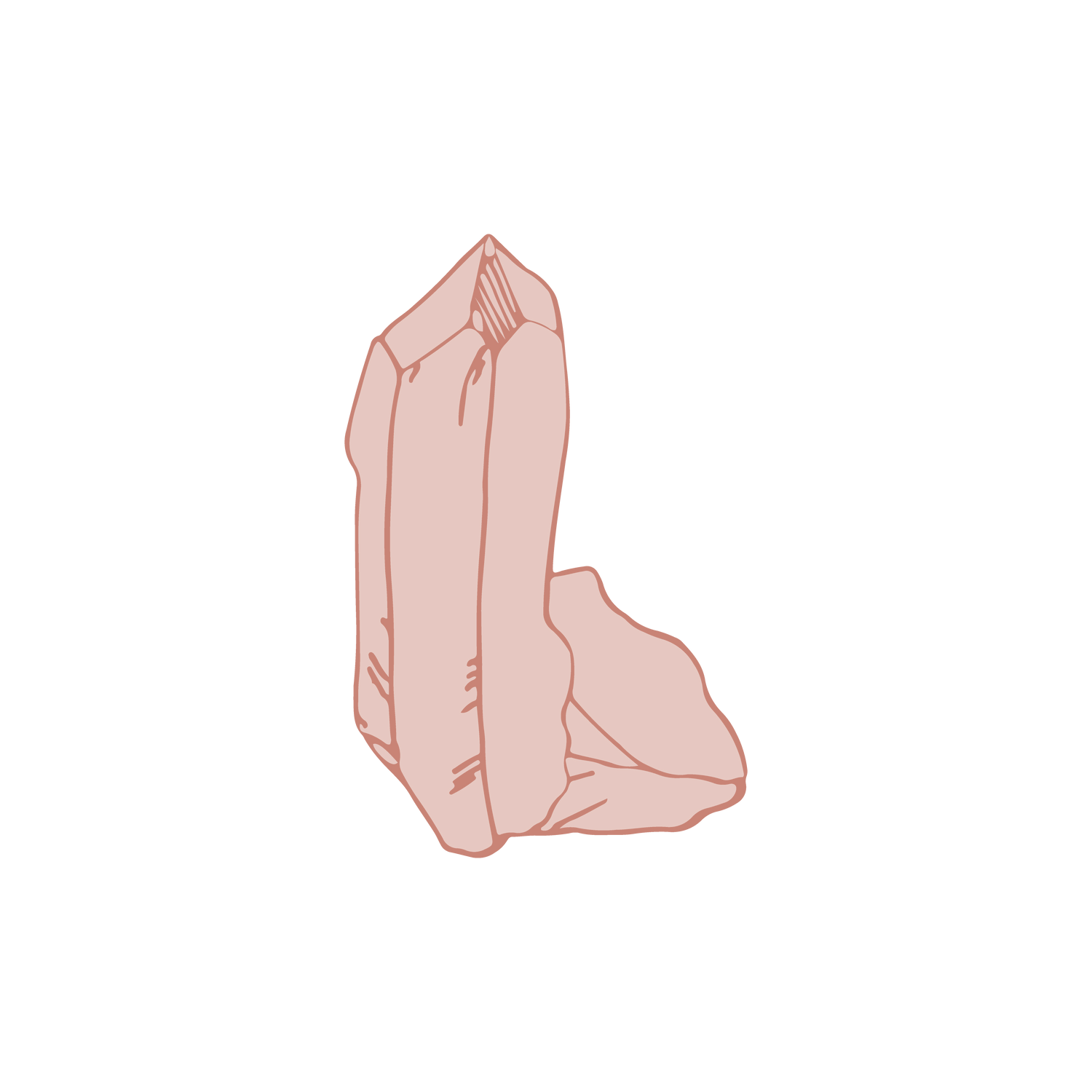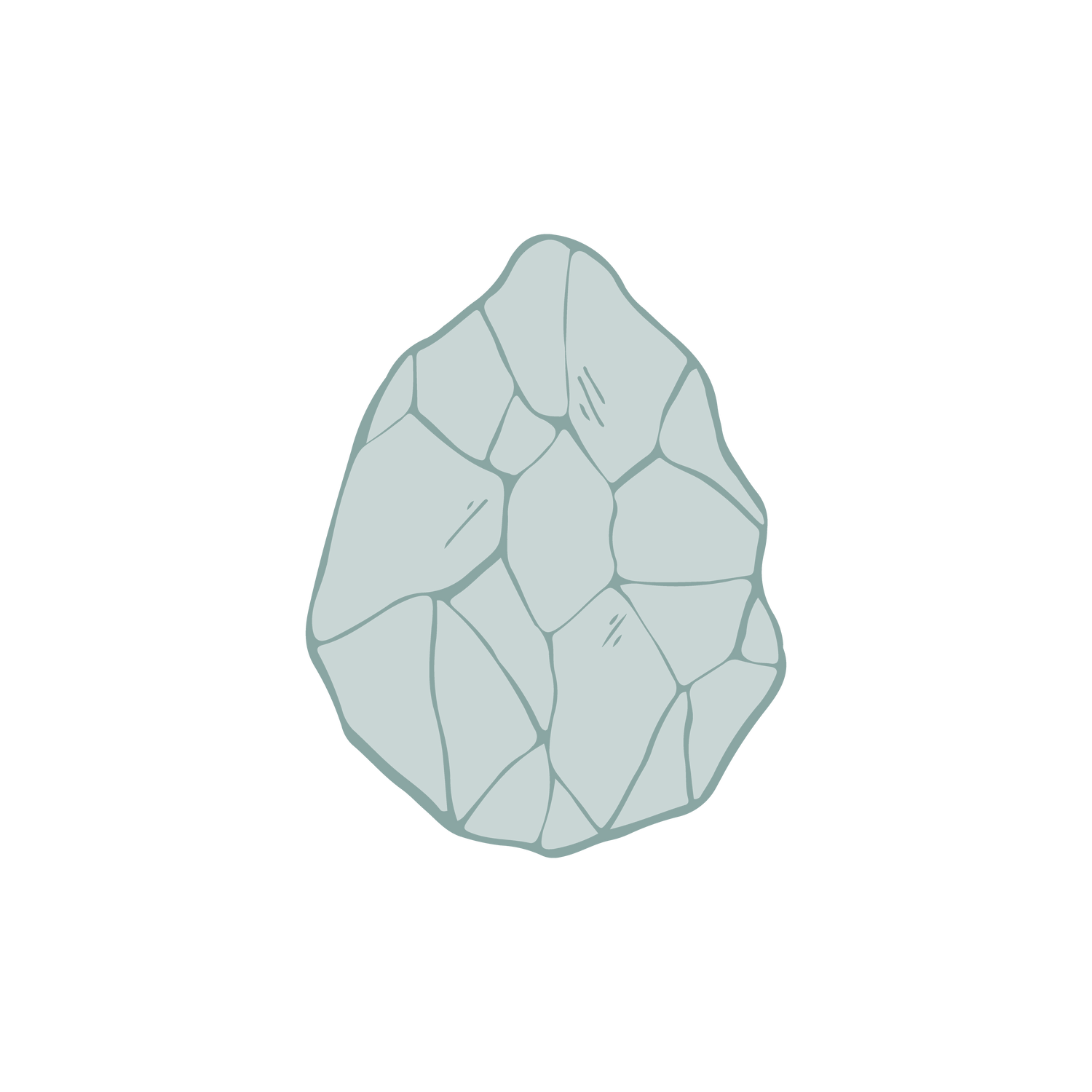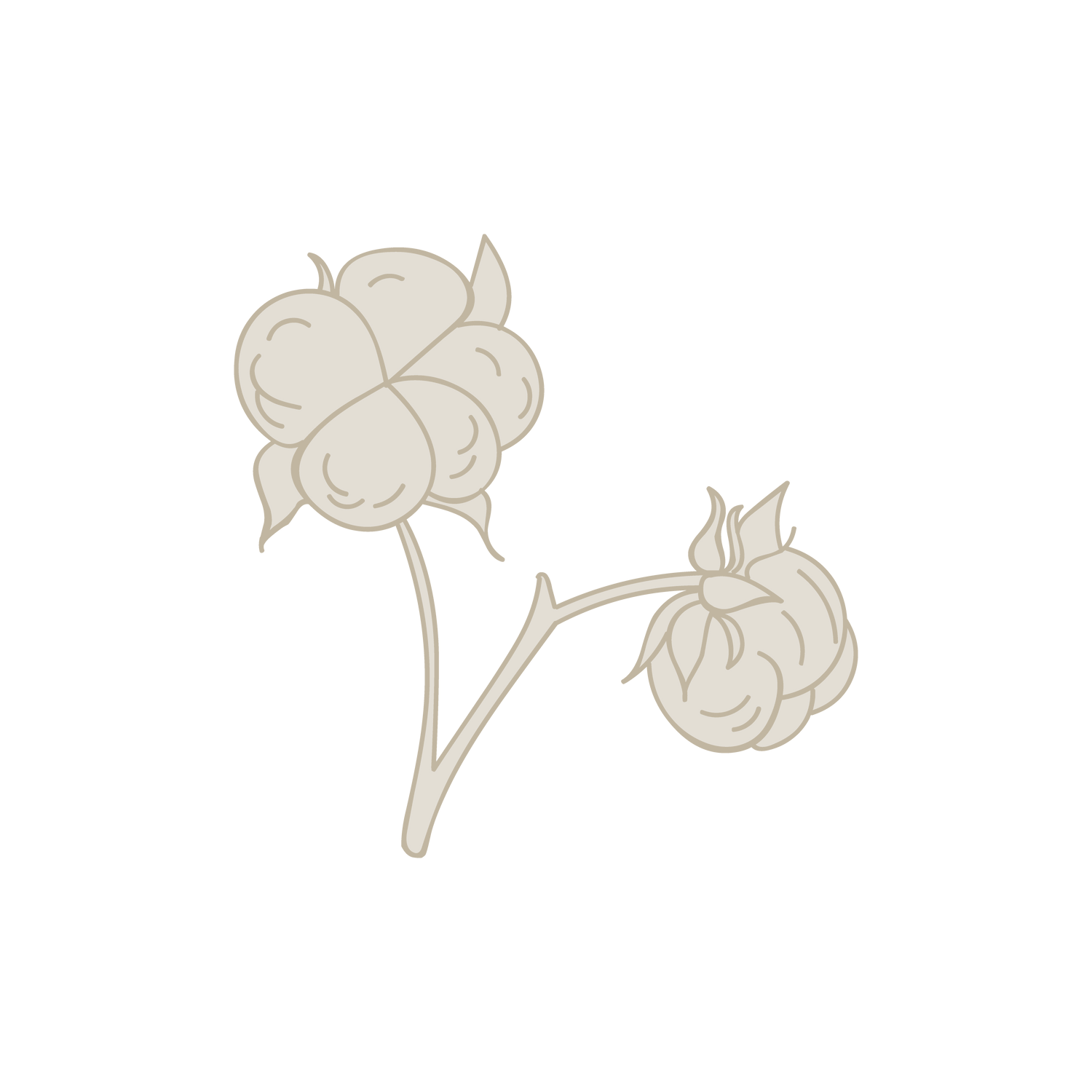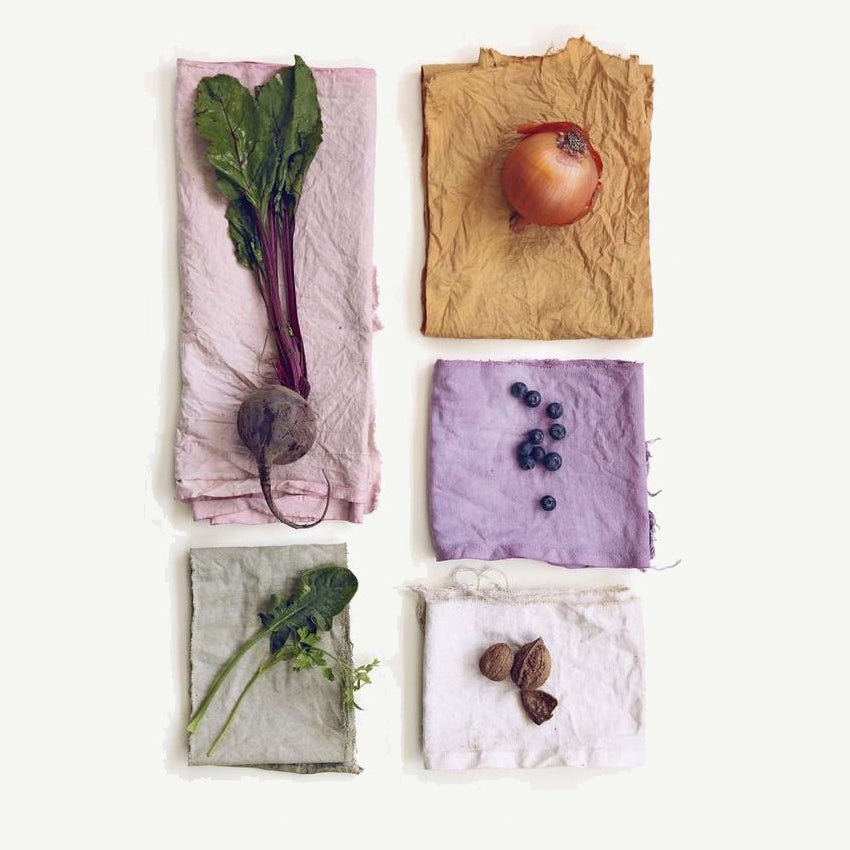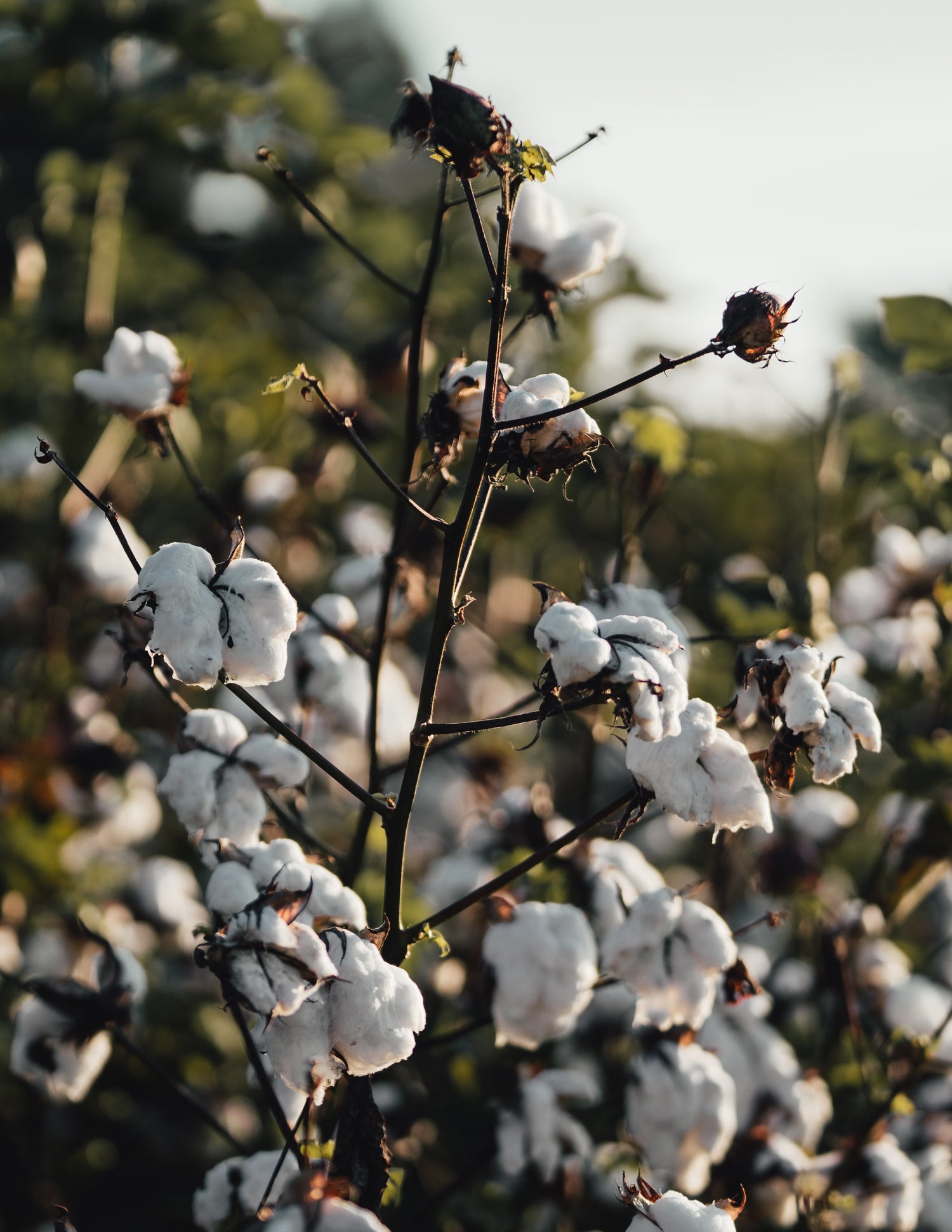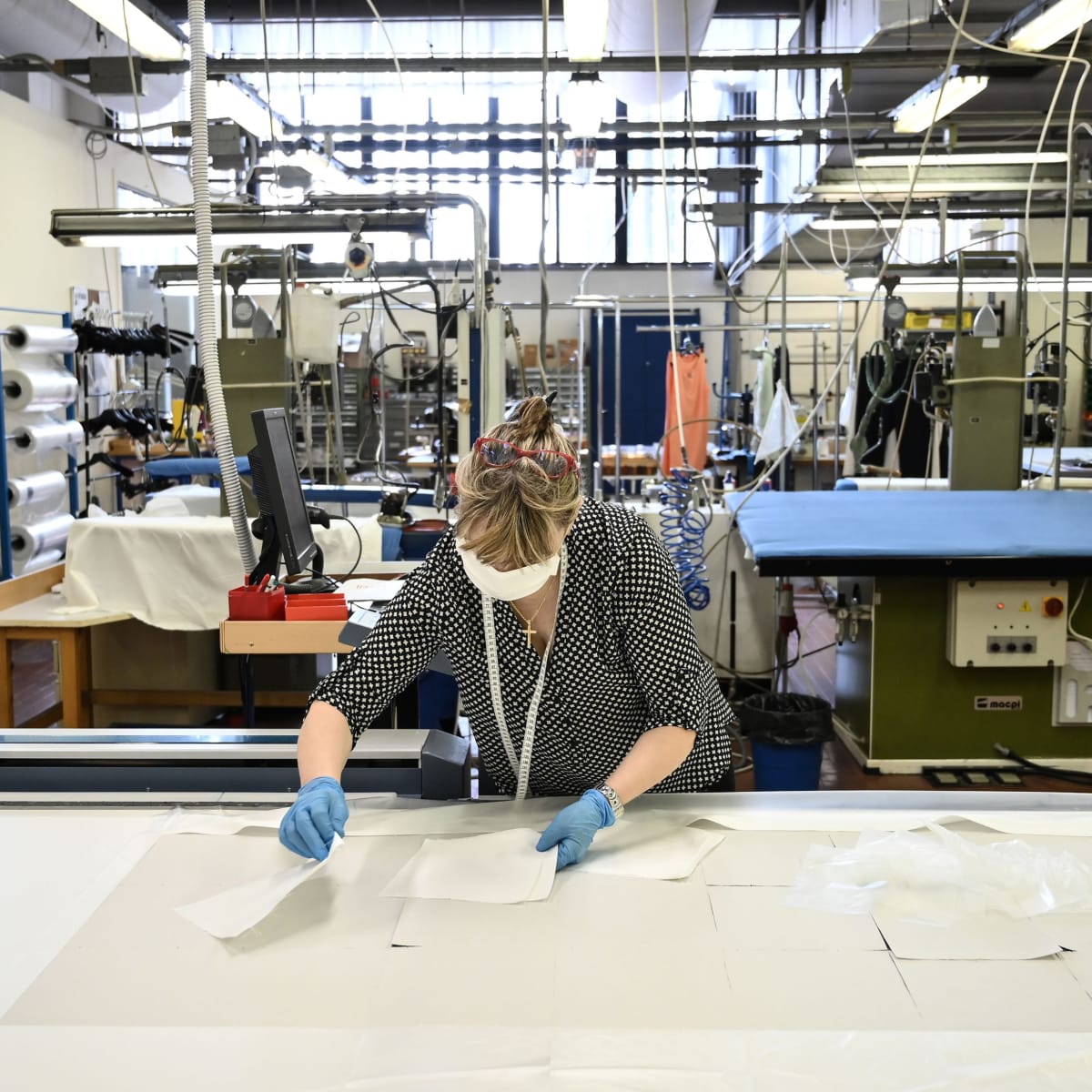PIGMENTS Madder has many coloring molecules, divided between the chemical classes of anthraquinones (red), flavonoids (orange yellow) and tannins (brown beige). The best known is alizarin, but the extraction leads to a mix of molecules and the final color varies from a brick red (in the presence of aluminium) to purple-brown (in the presence of iron). It is a mordant dye, but given the presence of tannins, it is possible to dye animal fibers even directly in the palest colours. THE PROPERTIES CONFERRED TO THE FABRIC Fabrics treated with madder have demonstrated good resistance to UV rays and moderate antimicrobial activity. This suggests the use of the plant not only as a dye, but above all to keep the tissues in contact with the skin clean for longer and to protect subjects sensitive to the sun's rays. Clinical studies conducted on immunosuppressed patients have shown an improvement for skin pathologies such as eczema. THE MEDICINAL PROPERTIES The plant was used until recently as a remedy to dissolve oxalate and calcium phosphate kidney stones, inhibiting their formation. Thanks to the presence of tannins and resins, madder is also useful in the treatment of osteoporosis. CURIOSITY Madder root was the herbaceous source from which the whole of Europe drew for centuries to prepare red, pink and purple to color clothes, vases, walls, carpets, skins, banners and weapons , for ordinary people, high religious offices, soldiers and leaders. From the Neolithic to 1880, together with woad and reseda, it was among the three fundamental plants from which to extract the three main colours: red, blue or yellow. Used in Greece, Morocco, Crete, in the Highlands, in Gaul and in Persia, the cultivation of this herb was widespread, so much so that it can be said that the textile and dyeing industries were literally dependent on this root to color cotton, linen and wool for whole centuries. The madder root was also used in Italy, especially in the center and south where it was used, for example, for the clothes of the Medici of Florence in the age of their splendour. The main color obtained from Robbia is red, however numerous shades of color can be obtained, from pink to purple; moreover, the root lends itself very well to being mixed with other primary colors to generate different shades. We in particular have chosen the purple color.


